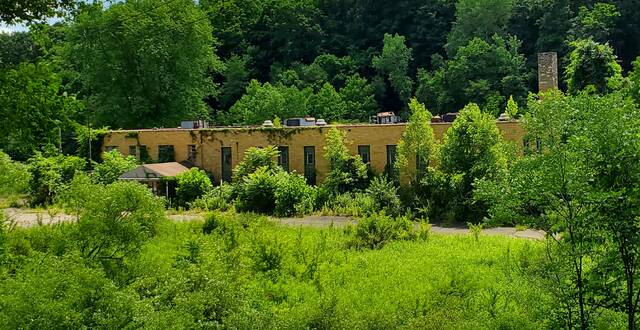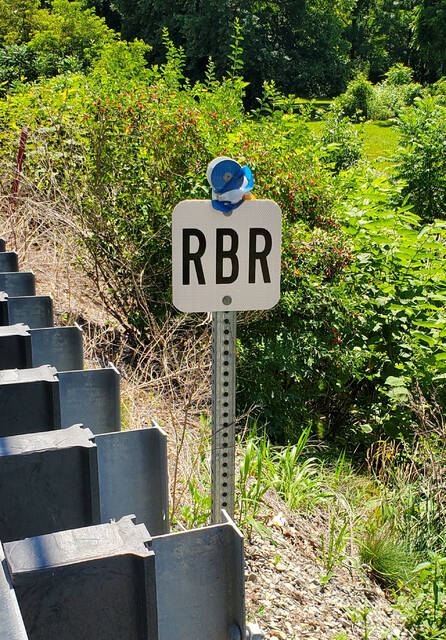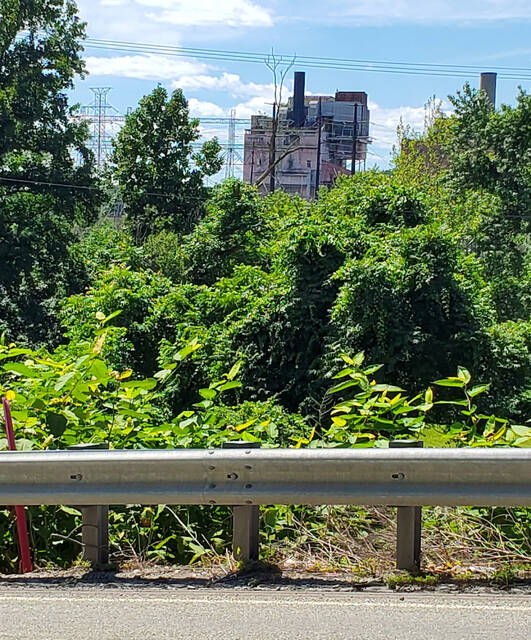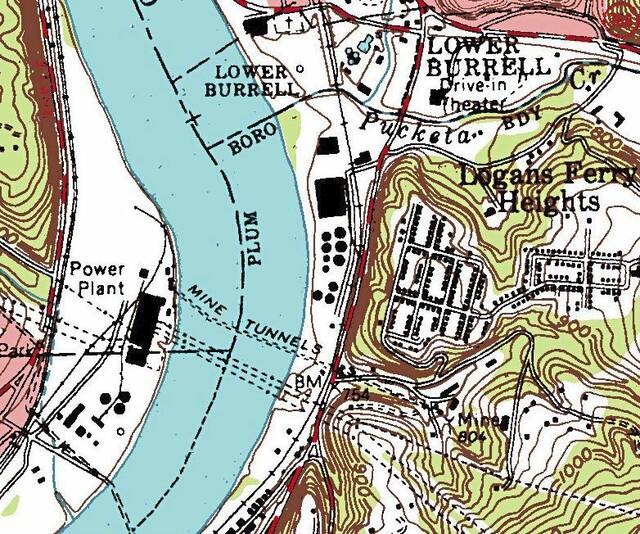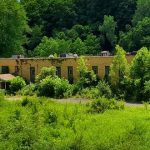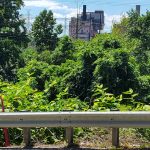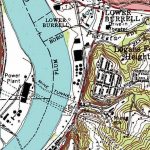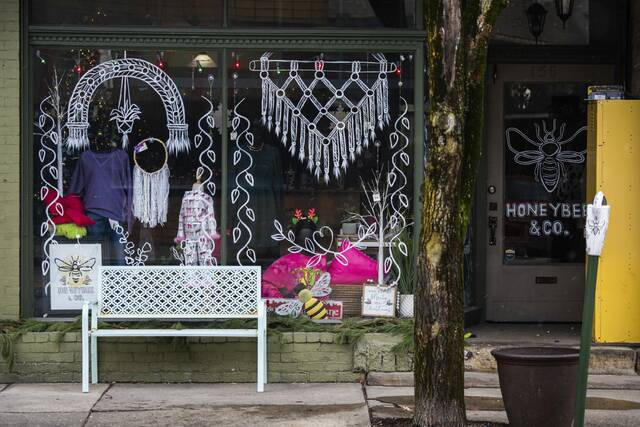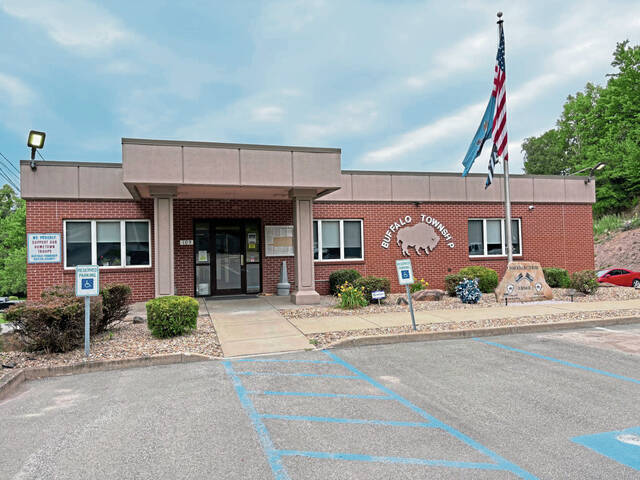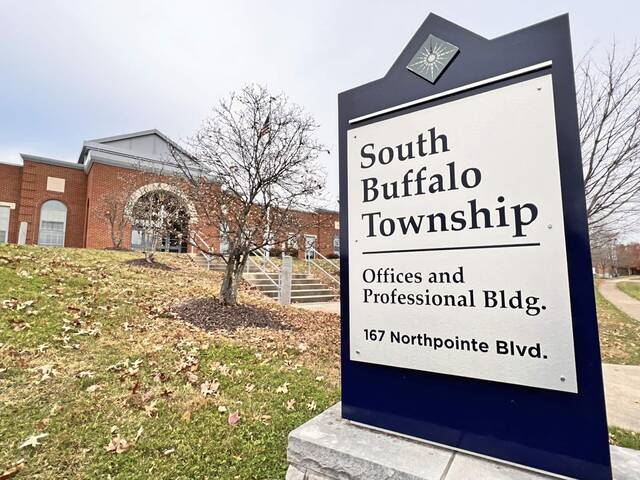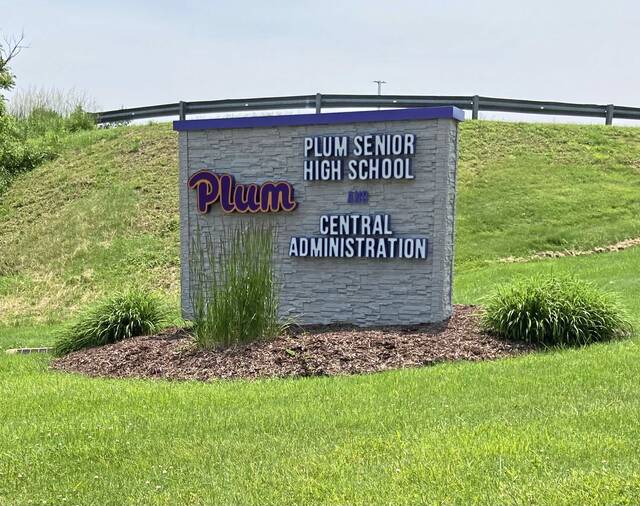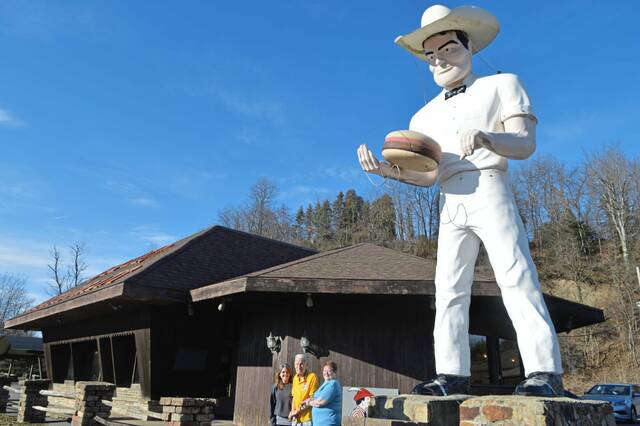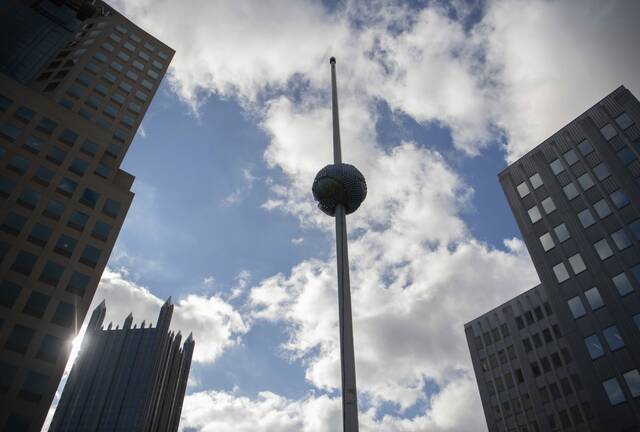When one thinks of tunnels in this region, it’s usually something seen by the general public.
Think the Fort Pitt Tunnel, the Squirrel Hill Tunnel or even the quaint railroad tunnel along Russellton Road in Indiana Township, where you have to toot your horn before continuing through.
But there once was a working tunnel underneath the Allegheny River that few people ever saw.
It connected Plum and Springdale and served an important function: carrying coal from the Logans Ferry mine to the West Penn Power facility in Springdale.
The necessity for the tunnel dates to 1919, when West Penn Power acquired land to build a power facility.
There was one problem: The plant didn’t have an adequate coal source.
Seeing that, West Penn president A.M. Lynn negotiated a lease with the Youghiogheny and Ohio Coal Co. for lands directly across the river under the name of the Allegheny Pittsburgh Coal Co.
Instead of building a railroad-only bridge across the Allegheny River or acquiring a fleet of barges, Lynn decided to drill a tunnel — actually twin tunnels — one to transport loaded cars from the mine, the other to return the empty cars once they reached a rotary dump.
Related:
• Remember When: Soon-to-be demolished smokestack opened in 1970 at generating station in Springdale• Remember When: St. Patrick's Day flood of 1936 led the way for federal action to fund dams, reservoirs
• Remember When: Proposed bridge in 1960s would have linked Freeport and Gilpin
The Logans Ferry mine tunnels opened April 27, 1921. The coal was raised on an angular conveyor that emptied the coal into a coal bunker then into a coal pulverizer that readied the material to produce electricity.
On the other side of the river, West Penn built about 201 company houses in what is still called Logans Ferry Heights.
The company houses were larger and nicer than the traditional row houses and small structures that dotted other coal patches in Western Pennsylvania.
By the 1940s, the mine started to become depleted. In 1954, West Penn moved its mining operation about 4 miles away to the Milligantown Mine near the Lower Burrell-Upper Burrell Township border. In 1949, the company homes were sold to private ownership.
The lengthy tunnel continued to feed the Springdale power station until 1968, when the mine was closed permanently.
The yellow brick structure is still intact. It became the headquarters for the New Kensington Benevolent and Protective Order of Elks when the chapter moved from its longtime building at Seventh Street and Fourth Avenue in downtown New Kensington to make way for a residential high-rise.
It was affectionately known as the Elks Plantation. The ballroom hosted wedding receptions, reunions and banquets throughout the 1980s and ’90s. An adjacent youth softball field on the property is used.
As for Logans Ferry Heights, the population dropped to the point where the elementary school was closed by the Plum Borough School District in 1976.
Since 1999, the Springdale plant has been operated by Allegheny Energy LLC, a subsidiary of West Penn Power.
In 2017, the last vestige of the mine was a “dry tunnel” underneath Coxcomb Hill Road near Fleming’s Auto Repair. The area under the road was filled in, and the tunnels now are presumed to be flooded.


